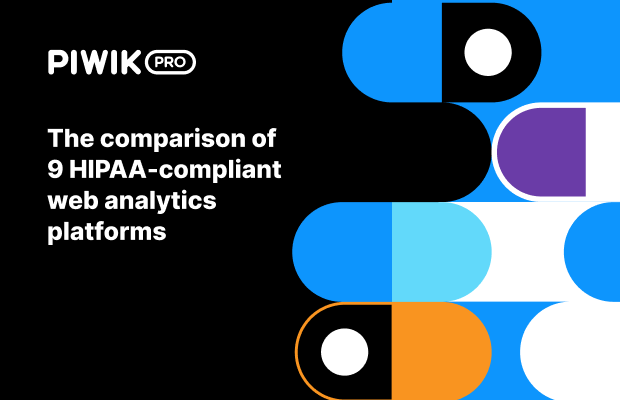Server-side tagging is a tracking method that uses a dedicated tag manager server that hosts all the data you then send to your marketing tools. Instead of installing third-party scripts directly on your website, you get a buffer that separates your website and user data from third-party vendors and their trackers.
Using server-side tagging has many benefits. For example, it can improve the speed of your website, especially if you share data with multiple vendors. Additionally, user data is more secure when collected and distributed in a server-side environment, where you can choose which data to share with a specific tool.
Server-side tagging is a sustainable alternative to client-side tracking, but it requires careful consideration.
Compliance and consent management
Although server-side tags are undetectable in browsers, you must follow the same compliance rules as client-side tracking. That is, collect applicable consents for using cookies, document your data collection methods in your privacy policy, etc.
At the same time, server-side tagging solutions generate a client/visitor ID, and this is personal data that requires consent under GDPR in EEA, PECR in the UK, or TTDSG in Germany. The client/visitor ID may be encoded, adding a privacy protection layer, but it’s still considered pseudonymous data (hence falls under personal data regulations). This means it’s a type of data you can collect only with the visitor’s consent.
You may also like:
- Server-side analytics tracking with first-party collector: What you need to know
- Server-side tracking
- Server-side tracking with first party collector
Also, you can download our comparison of 10 leading consent management platforms.









